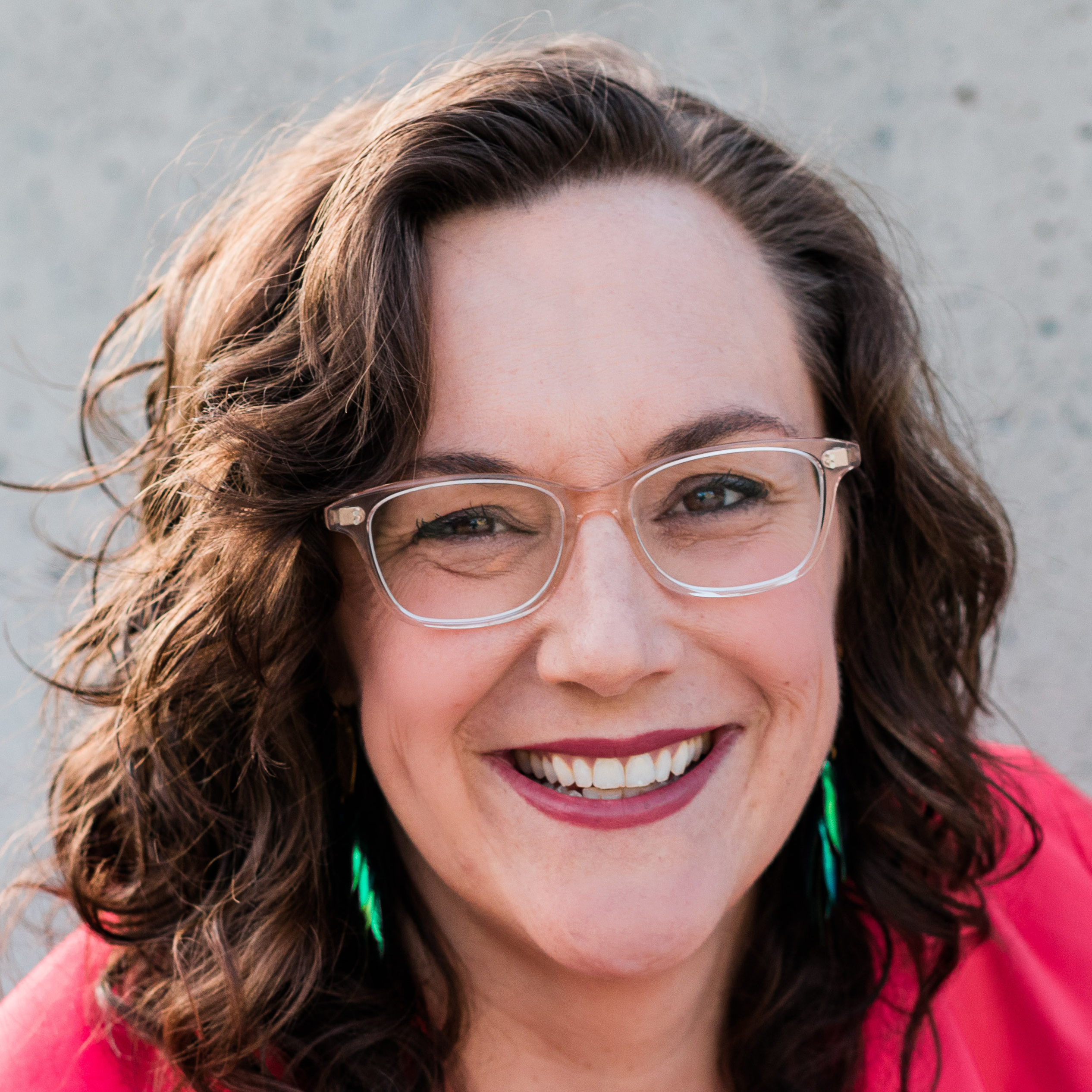
Image Source: 123rf.com
Have you ever found yourself standing at the pharmacy counter, prescription in hand, wondering if you’re making the right choice for your health and your wallet? You’re not alone. With the rising healthcare costs and the increasing complexity of medications, it’s more important than ever to be an informed consumer. Filling a prescription isn’t just a routine task—it’s a decision that can impact your finances, your well-being, and even your long-term health. Before you hand over your insurance card or swipe your credit card, you should know a few crucial things. Before filling another prescription, let’s dive into the seven things you should always consider.
1. Understand What You’re Taking
Before filling any prescription, ensure you know exactly what the medication is for and how it works. Don’t be afraid to ask your doctor or pharmacist questions like, “What does this medication do?” or “How will it help my condition?” Understanding your prescription can help you spot potential side effects, avoid drug interactions, and avoid unnecessary medications. According to the FDA, knowing your medications is the first step in preventing harmful drug interactions. Remember, knowledge is power—especially when it comes to your health.
2. Check for Generic Alternatives
Did you know that generic drugs can be just as effective as their brand-name counterparts, but often cost a fraction of the price? Before filling your prescription, ask your doctor or pharmacist if a generic version is available. The FDA regulates generics to ensure they meet the same standards for quality, strength, and purity as brand-name drugs. According to GoodRx, switching to generics can save you hundreds of dollars yearly without sacrificing effectiveness. Always check if you can make the switch—it’s a simple way to keep your healthcare costs in check.
3. Review Your Insurance Coverage
Prescription drug coverage can be confusing, but knowing what your insurance will and won’t pay for is essential. Before you fill your prescription, check your plan’s formulary (the list of covered drugs) to see if your medication is included. If it’s not, you could be stuck with a hefty bill. Some insurance plans require prior authorization or have preferred pharmacies that offer lower copays. Taking a few minutes to review your coverage can save you from unexpected expenses and headaches down the road.
4. Ask About Potential Side Effects
Every medication has potential side effects, some mild and some more serious. Before you fill your prescription, ask your healthcare provider or pharmacist about the most common side effects and what to watch out for. This knowledge can help you spot problems early and seek help if needed. For example, some medications can cause drowsiness, upset stomach, or even more severe reactions. Being proactive about side effects can help you stay safe and avoid unnecessary discomfort.
5. Compare Prices at Different Pharmacies
You might be surprised to learn that the price of the same prescription can vary widely from one pharmacy to another. Before you fill your prescription, take a few minutes to compare prices at local and online pharmacies. Tools like GoodRx and pharmacy discount cards can help you find the best deal. Sometimes, paying cash with a discount card is cheaper than using your insurance. Don’t assume your regular pharmacy always offers the lowest price—shopping around can lead to significant savings.
6. Consider Mail-Order Pharmacies
If you take a medication regularly, mail-order pharmacies can be a convenient and cost-effective option. Many insurance plans offer mail-order services that deliver a 90-day supply of your medication right to your door, often at a lower cost per dose. This can save you time, money, and trips to the pharmacy. Just make sure to plan ahead, as mail-order prescriptions can take a week or more to arrive. If you’re interested, ask your insurance provider or pharmacist how to get started with mail-order prescriptions.
7. Double-Check for Drug Interactions
If you’re taking more than one medication, it’s crucial to check for potential drug interactions. Some drugs can interact in ways that reduce effectiveness or cause harmful side effects. Always provide your pharmacist with a complete list of your medications, including over-the-counter drugs and supplements. The FDA recommends reviewing your medication list regularly to avoid dangerous combinations. Don’t leave your safety to chance—double-check for interactions every time you fill a new prescription.
Make Every Prescription Count
Filling a prescription is more than just a quick errand—it’s an opportunity to take control of your health and your finances. You can make smarter, safer choices by understanding what you’re taking, checking for generics, reviewing your insurance, asking about side effects, comparing prices, considering mail-order options, and double-checking for drug interactions. Remember, being proactive about your prescriptions can lead to better health outcomes and more money in your pocket. The next time you’re at the pharmacy, take a moment to ask questions and explore your options. Your health—and your wallet—will thank you.
What’s your best tip for saving money or staying safe with prescriptions? Share your experiences in the comments below!
Read More
How to Take Control of Your Finances and Get Out of Debt
5 Important Things to Consider Before Making an Investment Decision

Travis Campbell is a digital marketer/developer with over 10 years of experience and a writer for over 6 years. He holds a degree in E-commerce and likes to share life advice he’s learned over the years. Travis loves spending time on the golf course or at the gym when he’s not working.















